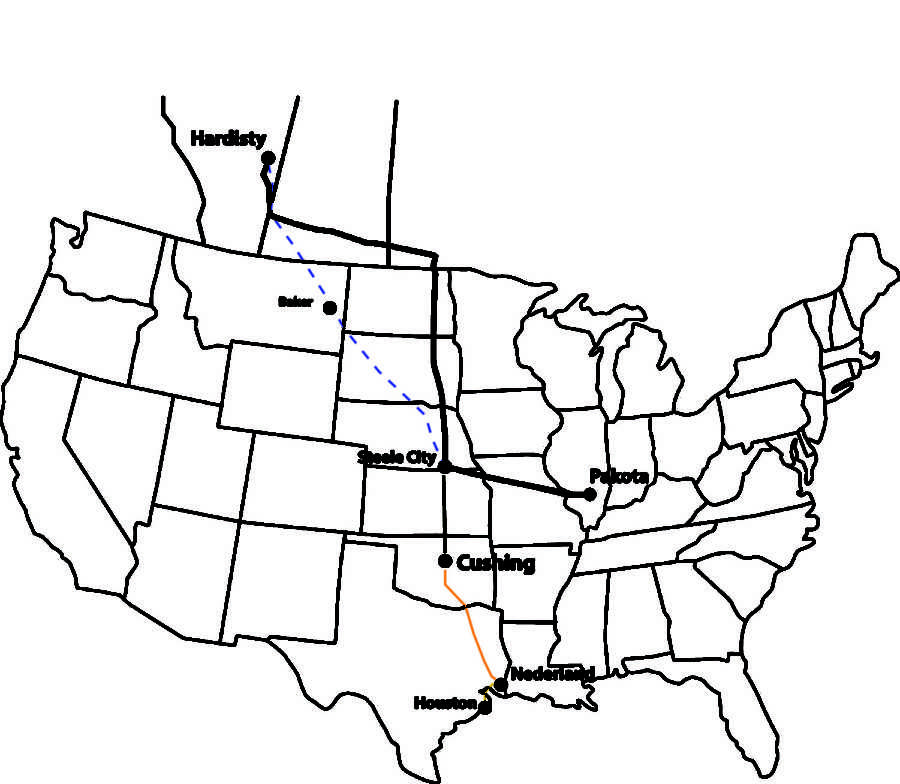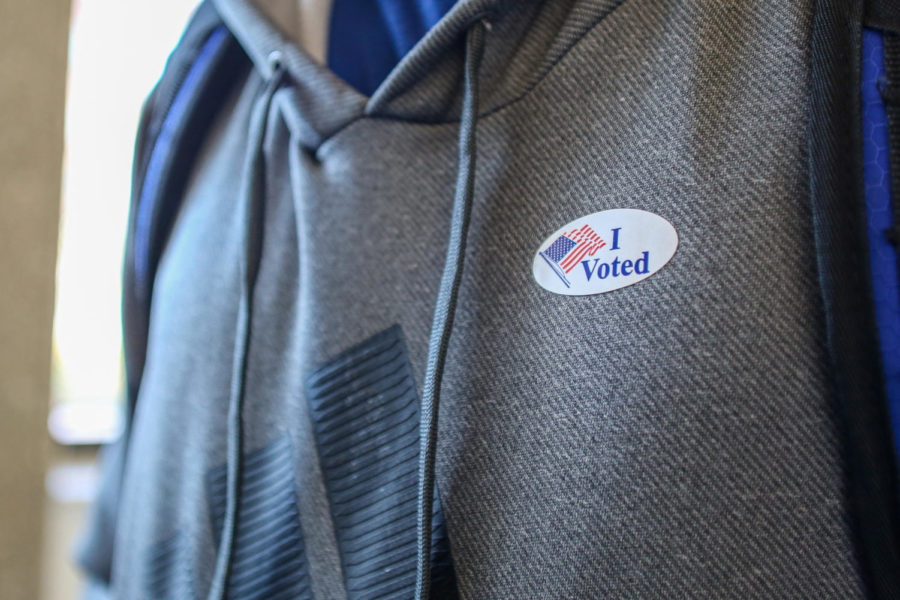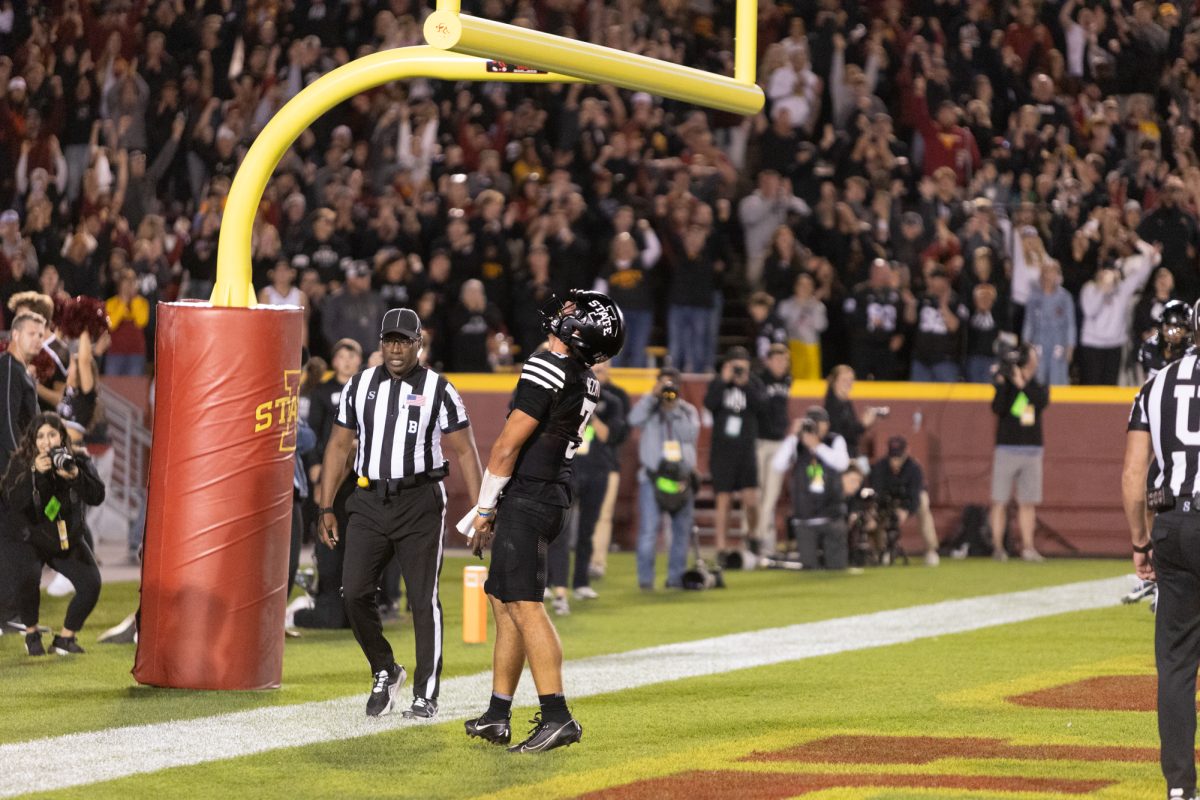Keystone XL Pipeline Necessary for midwest
The Keystone pipeline currently runs through eastern North and South Dakota and Nebraska and brings oil to refineries in Illinois and Texas.
August 29, 2014
Debates over the TransCanada Keystone XL pipeline, which have been working their way through the United States among politicians and citizens alike for six years, are going to heat up throughout the midwest.
This rise in local interest stems from announcements that the pipeline would now be slated to run across the entire midwest.
The concerns of many Iowans are the result of the fact that the pipeline would run through countless acres of farmland. However, those who bemoan the loss of agricultural land or the potential for a leak to render a field infertile are missing the point.
Not surprisingly, studies on both sides of the argument have produced opposite results, so for the sake of argument I will work off of the assumption that pipelines harm agricultural land. Still, even the worst presumptions do not change my opinion.
When it comes to concerns for an accidental leak harming the land, first it should be understood that agriculture, at least without proper crop rotation and management, negatively affects the ability of any soil to produce any kind of crop. Let us never mistake agriculture for environmentalism, because the issues are painfully separate.
Agriculture itself is an environmental hazard due to chemical runoff, but it is one we have accepted because it is necessary for us to sustain the ways we like to live, which is exactly what we have decided about petroleum as well.
Through our addiction to petroleum, we have decided that having it readily available to us is worth the risk of a spill, just like the constant availability of food provided through agriculture has been deemed more important than a hypoxic zone in the Gulf of Mexico.
A section of the pipeline which is already in place in Texas, called the Gulf Coast section, has already raised concerns for farmers who have had the pipeline forced upon them. In a Fox News report, Texas farmer Julia Trigg Crawford expressed her frustrations with the fact that when she asked the government agency in charge of inspecting the pipelines, the U.S. Pipeline and Hazardous Materials Safety Administration (PHMSA), if they had inspected the pipeline on her land, she said that they could not answer her question.
They simply told her that “the pipeline is safe and that all issues have been resolved.” which led her to believe that only TransCanada inspectors had been to her land to check the quality of the pipeline.
This may seem like laziness on the part of the government, but upon researching the process of pipeline inspection, the truth becomes far more clear. According to the PHMSA, there are only seventy five full time pipeline inspectors working full time in the United States. Ironically, an ordinary citizen is actually statistically more likely to discover a pipeline leak (23%) than a professional inspector (19%) according to the State Department.
Therefore, it stands to reason that the pipeline in Texas was most certainly inspected by a government agent, but for the inspectors to observe every inch of the pipeline is a lofty expectation. The most likely answer is that the PHMSA could not tell Crawford if they had inspected her specific patch of pipeline because they have no idea who owned the land where the pipeline was buried, only that all sections examined were functioning properly.
This realization also spins Crawford’s perception of the TransCanada inspectors who examined her land. The inspection now seems more like quality assurance for a concerned citizen than a scheming organization. I have any doubt that a majority of world corporations -TransCanada included- would play dirty to make more money, but that does not seem to be the case in this instance.
The most persuasive argument in support of laying the pipeline across our country is the fact that it would doubtlessly create jobs for Americans, at least throughout the construction and continued maintenance of the pipeline.
In an article published by Forbes on their website’s opinion section by Albert Huber, the president of Patterson Pump Company, and Peter Bowe, president of Ellicott Dredges, the argument is made that even President Obama’s administration cannot deny the pipeline based solely upon the massive number of jobs they estimate it would create. The article throws around job numbers north of forty thousand during construction, claiming a State Department report as the source of the estimate.
Perhaps even more importantly, the article claims that the State Department found that the pipeline would not be environmentally hazardous.
When reading articles with biased authors, a measure of skepticism is more than healthy. Both of these men and their businesses stand to profit from a pipeline like the Keystone XL being laid, so of course anything they say will only promote their interests.
However, my skepticism led me to read the State Department report for myself. Not only is everything that Huber and Bowe published in their article true, according to the report, they may have actually been too modest. The findings of the State Department include not only the creation of 42,100 jobs, but also point to the fact that when a pipeline leaks, though it can leak for longer because it is less likely to be noticed, actually cause less environmental damage than many other forms of petroleum transportation.
Whenever petroleum is transported, risks are assumed. Are we really going to pretend that moving an extremely volatile substance, no matter how carefully, is not inherently risky? As long as gasoline fuels our lives as much it does now, there will always be dangers.
There will never be a way to transport petroleum that makes every involved party happy. There is no perfect solution here. Were you to tell me that your opinion was the exact opposite of mine, I would not attempt to persuade you. What we have in the Keystone XL pipeline is the best option in a no win scenario.







